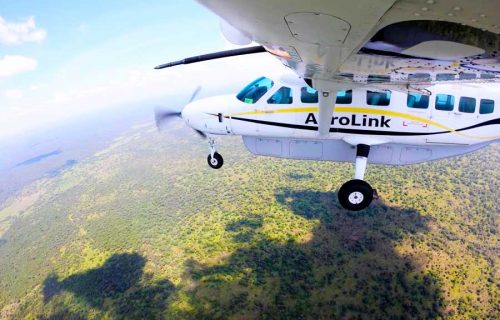Gorillas Facts, Species, Videos, Images & Characteristics
Gorillas Facts, Species, Videos, Images & Characteristics. Gorillas are gentle giants who exhibit a wide range of human-like actions and emotions, including laughing and grief. In reality, gorillas and humans share 98.3 percent of our genetic code, making them our third closest relatives behind chimps and bonobos.
In reality, gorillas and humans share 98.3 percent of our genetic code, making them our third closest relatives behind chimps and bonobos. Gorillas are the largest of the great apes, with broad chests and shoulders, enormous, human-like hands, and small eyes set into hairless faces. The two gorilla species are found in equatorial Africa, separated by approximately 560 miles of Congo Basin forest. Each species has a lowland and an upland subspecies.
Gorillas reside in family groups of five to ten members, but can range from two to more than fifty, and are commanded by a dominant adult male—or silverback—who keeps his position for years. The relationship between the silverback and his females is the foundation of the gorilla’s social life. Females reach sexual maturity at the age of seven or eight but don’t start breeding for another couple of years. Males mature at a much later age. Once a female begins to breed, she will most likely have one offspring every four to six years and only three or four in her lifespan.
Because of their poor rate of reproduction, gorillas have a tough time recovering from population reductions. Both gorillas species have been declining in numbers for decades, and according to a 2010 United Nations report, they may be extinct in vast sections of the Congo Basin by the mid-2020s.
Conservation efforts by WWF, other groups, and governments are helping gorillas. New protected areas are being established for some gorilla populations, and the mountain gorilla population has increased in recent years, leading to its downlisting from Critically Endangered to Endangered in November 2018.
Gorilla Species: The Gorilla Family
Why the Gorillas Matter
Protecting Gorilla Habitat Helps Humans
Humans in Central Africa rely on the same environment as gorillas for food, water, medicine, and other forest products. Protecting the Congo Basin’s tropical forests, where gorillas reside, also conserves the woods’ resources, on which the region’s local and indigenous people rely. The Congo Basin is home to the world’s second-biggest tropical rainforest, which acts as Africa’s green heart. Because the moisture generated by this forest falls as rain in the United States, the impact of its loss will be felt globally.
Our Closest Cousins
Gorillas share 98.3% of their DNA with humans, making them our closest cousins after chimpanzees and bonobos. These charismatic, intelligent animals often surprise us with behaviors and emotions so similar to our human experience.
Gorillas Help Maintain Forests
Gorillas are primarily vegetarian, spending about half of the day eating stems, bamboo shoots, and a variety of fruits, supplemented with bark and crustaceans. Gorillas play an important role in preserving the biodiversity of their forest homes by dispersing the seeds of the trees they eat and by making holes in the trees as they move around, allowing light in and promoting the growth of sun-loving plants.
The Best Gorillas Safari Packages
3 Days Uganda Gorilla Trekking safari to watch Mountain Gorillas. Bwindi Impenetrable National Park.
4 Days Uganda Gorilla Safari and Lake Bunyonyi tour is a short memorable Honeymoon Uganda Gorilla trekking safari.
6 Days Uganda Fly-in Safari in Bwindi Impenetrable and Murchison Falls is a rewarding Gorilla trekking & wildlife tour.








